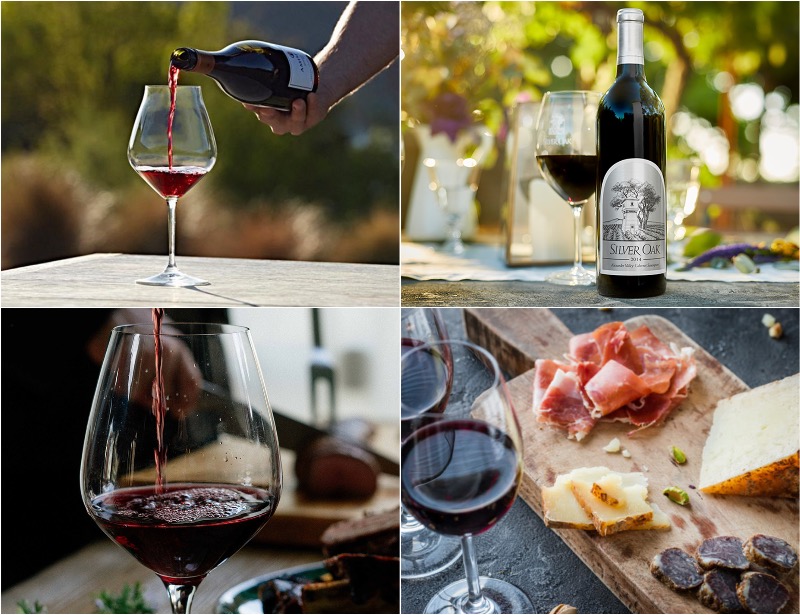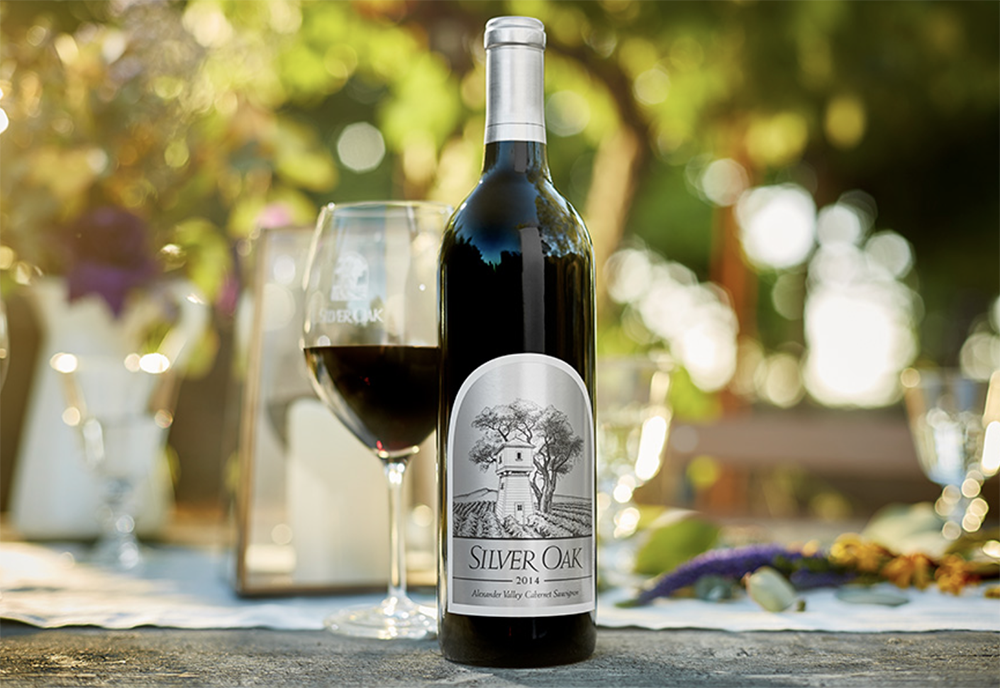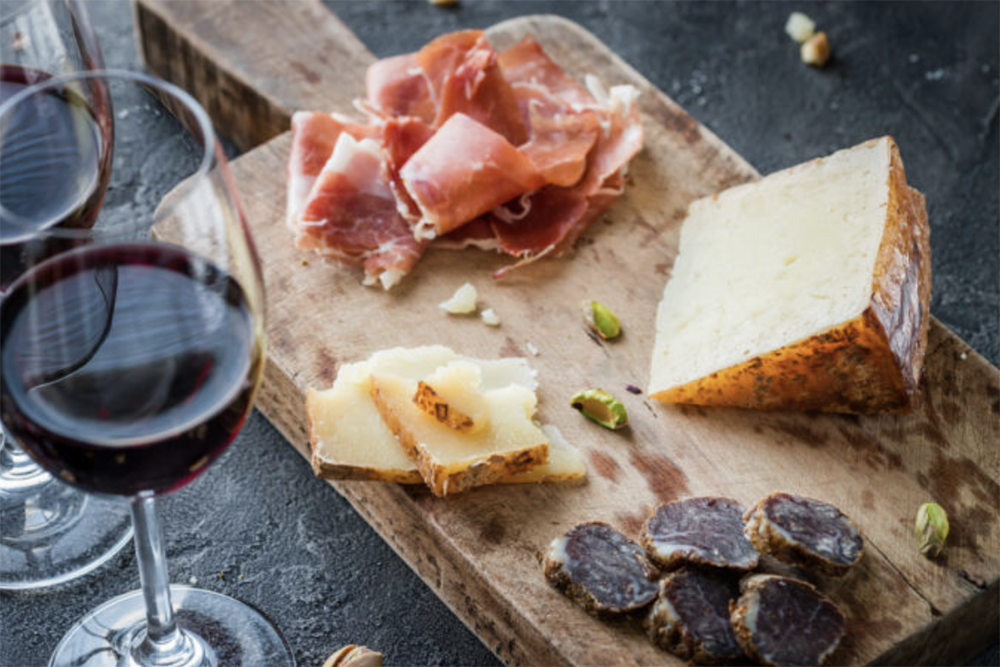
There’s more to know about red wine other than the fact that it pairs well with steak. The art of appreciating wine is a complicated concept to grasp, we know. Full-bodied, crisp, low to high tannins, low to high acidity, dry, smooth—understanding wine is pretty much rocket science for common folk like us.
Granted, being an expert in wine and really being able to identify specific flavour profiles in a particular label requires a huge amount of interest, time, dedication and practice. But that’s not to say that novices can’t learn to appreciate it.
In fact, all you really have to know are the common types of red wine that exists and their various flavour profiles so that you can best identify one that you enjoy drinking.
Understanding How Weather Impacts Wine
There are many factors that contribute to the overall quality and flavour of a wine grape. Depending on the part of the world and the specific region, the climate, the quality of the land, its surroundings, they all play a part in impacting the overall flavour of a wine.
You’ll notice that certain varieties grow only in cool climates and vice versa. Cooler climates tend to produce lighter red wines that are crisp with higher acidity, while grapes grown in warmer climates are often more robust with higher tannins.
Cabernet Sauvignon

A firm, full-bodied red wine with strong hints of dark berries, Cabernet Sauvignon is widely accepted as one of the world’s best varieties. It is often blended with cabernet franc and merlot grapes, giving it a well-rounded depth and easy finish on the back palate. Cabernets go exceptionally well with red meat.
Tasting Notes: Black currant, cocoa, chocolate, fig
Pronunciation: Ca-burr-nay so-veen-yaw
Malbec
Malbec wines are excellent because of their delicate fruity notes and the fact that they can be drunk fairly easily. Having said that, it varies depending on where it is grown.
Widely grown in Argentina, Malbec goes great with nearly all types of meat-based dishes. This versatile wine also pairs well with anything with lots of spice.
Tasting Notes: Cocoa, chocolate, raspberries, blueberries, dark cherry
Pronunciation: Mel-beck
Merlot

While reds typically pair best with heavier foods, merlots are smoother and more delicate, allowing them to complement lighter foods such as chicken and fish. Its fruit-forward appeal, medium tannins and low acidity create a smooth finish, making it easy to drink as well.
Tasting Notes: Dark berries, cocoa, coffee, cinnamon, clove
Pronunciation: Mer-low
Pinot Noir

One of the most popular and oldest grapes, Pinot Noir is noted for its light body and low tannins. Pinot Noir from France tends to be earthier, lighter and more floral due to the soil’s minerals. In California Pinots, the profiles tend to be more fruit-forward with a brighter, richer flavour.
Tasting Notes: Red berries, roses
Pronunciation: Pino-Nuar
Syrah
Boasting aromas and flavours of wild black fruit such as blackcurrant with spicy overtones of black pepper, Syrah (also referred to as Shiraz) is quite often the vino of choice when having a steak or other heavy meat dishes. While this grape varietal is typically used to produce average wine, it has the potential to produce robust red wines with deep, intense flavours.
Tasting Notes: Blackcurrant, blackberry, black pepper, charcoal, smoke
Pronunciation: Si-rah
Zinfandel

The zinfandel is perhaps the world’s most versatile wine grape. It could be used to produce anything from blonde wines such as the white zinfandel, to rich, heavy reds. Zinfandels are often zesty and fruity with a spicy undertone, pairing very well with savoury, umami-dense foods.
Tasting Notes: Plum, jam, black cherry, blackberries, black pepper, spice
Pronunciation: Zin-fan-dell
In the mood to learn? Read our guides to other types of alcohol.




No Comments